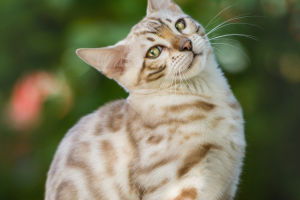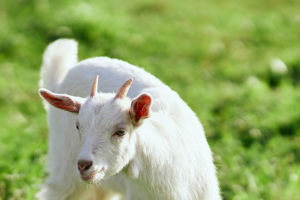When it comes to wild animals in Africa, zebras must be one of the first species that most people think of. These black and white striped animals appear frequently on TV shows and in books and newspapers, making them all too familiar for people.
Zebras are named for their protective markings. No animal is more distinctive than a zebra's fur. The stripes on a zebra are like human fingerprints, and no two ends are exactly the same.
Most people don't know that there are not just one, but three types of zebras: plains zebras, Grevy's zebras and mountain zebras. Plains zebras are the most common, widely distributed and most numerous species. Most of the zebras we usually see are plains zebras.
1. Plains Zebra
Plains zebras are mainly concentrated in eastern, central and southern Africa, and their body patterns are produced from leg to hoof, and some legs have no stripes.
2. Grevy Zebra
Grevy's zebra generally lives in East Africa. It has the largest body, long and wide ears, and narrow and dense stripes all over its body.
3. Mountain Zebra
The mountain zebra mainly lives in South Africa. Unlike the other two zebras, it has a pair of long ears that are very similar to donkeys. Except for the abdomen, the black stripes are wider all over the body.
Zebras are herbivores and in addition to grasses, shrubs, leaves and even bark are also their food. Zebras have strong digestive systems that allow them to survive in low-nutrient conditions, and as a result, they are more likely to survive in the wild than other herbivores.
Maybe someone once had this confusion: Is a zebra a white horse with black stripes, or a black horse with white stripes? Since the ratio of black and white stripes on a zebra's body is roughly equal, this question is not easy to answer.
Because in the early stage of zebra embryo development, its color is completely black, and as the embryo gradually develops and grows, white stripes begin to appear, so the zebra should be a black horse with white stripes.
And what is the role of the black and white stripes of the zebra? Over the years, there have been many different views trying to explain this problem, and there are roughly four kinds of theories:
1. To avoid the enemy
Zebras are social animals, and when they gather together, their complex stripes blur the outlines of their bodies, making it difficult for predators to identify an individual.
When a group of zebras are running, the numerous stripes also make it difficult for predators to determine the direction and speed of their run, allowing the zebras to escape.
2. To identify
Each zebra's stripes are unique, and small differences between the stripes may be markers of mutual recognition between individuals.
3. To deworm
This novel idea is that black and white stripes can effectively reduce the infestation of zebras by parasitic or blood-sucking insects such as horseflies. Studies have shown that a single color is more preferred by insects than a complex pattern, so the thinner the zebra's stripes, the less likely it will attract insects.
4. To dissipate heat
The zebra's black stripes absorb light more fully, while the white stripes reflect most of the light, resulting in a difference in temperature rise that takes away excess heat.


